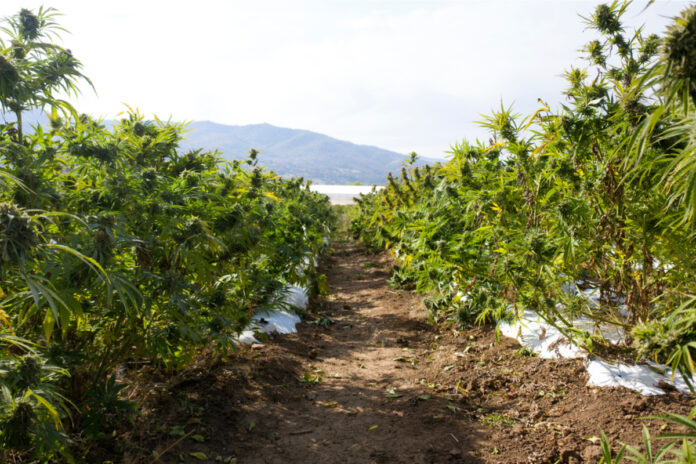According to the Journal of the American Medical Association, Google searches for CBD and hemp have risen steadily since 2014. The growing public interest, coupled with the passage of the 2018 farm bill, led to an agricultural boom in hemp farming across the United States in 2019 resulting in a massive glut and crashing prices. Subsequently, U.S. acreage dedicated to hemp crops in 2020 fell by nearly 60 percent.
Operating under the assumption an average bottle of CBD contains 1,500mg, some industry leaders believe even fewer acres will be needed to meet 2021 production needs.
“If we go with 1,500mg per tincture, it means we would only need less than 3,000 acres for the entire CBD market in the U.S. That’s shocking,” said Julie Lerner, chief executive officer at PanXchange, a provider of benchmark pricing for the U.S. hemp industry.
Lerner, while speaking at a Hemp Industries Association Zoom webinar, used Charlotte’s Web as an example to effectively highlight her case. In 2019, Charlotte’s Web reportedly utilized 862 acres of land for hemp cultivation. Lerner believes this was an overzealous approach.
“For $95 million revenues for Charlotte’s Web, you need only 57 acres,” she said. “Charlotte’s Web alone has an inventory build of 30,000 kilos of distillate. That’s a massive number of inventory.”
According to a 2019 Brightfield Group report, hemp planting was rising at an incredible pace. The cannabis data firm estimates there were 78,000 acres used for growing hemp in 2018 but that number rose to 285,000 acres in 2019. At the time, Brightfield projected an annual growth rate of 75 percent through 2023 which would have lead to 2.7 million acres of land being used to cultivate hemp in the United States. However, it appears industrial hemp cultivation slowed down considerably in 2020.
Now that the dust is settling a bit, the over-production seems to have created a buyers market. Brightfield’s initial estimates of 2.7 million acres for hemp cultivation do not seem likely to come to fruition and Lerner is not even certain there will be much new hemp planted this year.
Although spirits were high after the 2018 farm bill, profits and the market price for hemp have been steadily dropping.
“It’s a risk this year if you’re planting for CBD alone,” said Lerner. “The buyers are few and far between. We have an enormous amount of 2020 oversupply. Companies are still working on 2019 inventories.”
Although additional clarification from federal authorities may eventually create better market conditions for hemp farmers, at present it appears the acreage required to sustain the hemp industry will be much less than previously anticipated.











